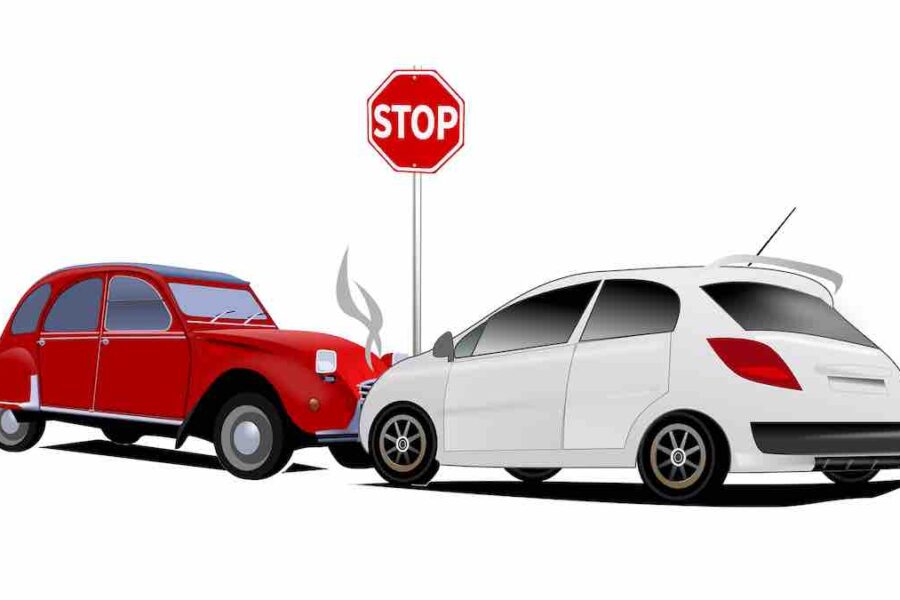There are numerous conditions under which police may confiscate the automobile. Police have the authority to seize anything implicated in the crime and use it as evidence. A car does not have to be actively driven to be seized. Police may also take a car if they believe someone is being harassed, threatened, or distressed as a result of the same vehicle. Vehicles are often confiscated when documentation is incomplete or there is unauthorized parking.
Legal procedure to be followed after an accident-
The types of damage caused by the accident are-
Accident causing no damage- In this case, police handed over the case to the Motor Vehicle Inspector. The Motor Vehicle Inspector examines the vehicle causing an accident under Section 136 of the Motor Vehicle Act, 1988 and returns it within 24 hours.
Accident causing minor damage- If the accident was caused by negligent behaviour and caused or is likely to cause any harm or injury or risk the life of another, the police file an F.I.R. under Sections 279 and 338 of the IPC. Section 190(1) of the Motor Vehicle Act of 1988 provides for a fine of Rs. 250 for the first offence and imprisonment for three months or a fine of up to Rs. 1000 for the second offence if a faulty motor vehicle causes bodily harm or property damage.
Accident causing major injuries likely to cause or result in the death of the victim- In case any death or casualty is caused by the rash and negligent driving of the person the police lodges an FIR against offences provided under Section 304A of the IPC. The person is convicted under the provisions of I.P.C.
Legal Procedure for taking back the vehicle
Following the filing of the F.I.R. by the police, the vehicle is transferred to the RTO for examination, where the accident report is prepared. The police file charges and present a case against the motorist. The procedure for obtaining the car after the case is registered is as follows:
Releasing of property by the Magistrate
When the police seize the property and report it to the Magistrate during a trial, the Magistrate may make an order under Section 457(2) CrPC to dispose or deliver the property to the person entitled to the possession of the property on the conditions which the Magistrate thinks fit.
Releasing property in the pendency of trial by the court
In the event of an accident, when the police confiscate the property for the purpose of investigation or inquiry and file a case, the owner or any other person authorized by him may file an application under Section 451 of the CrPC to reclaim his property during the proceedings.
The procedure of disposal of the motor vehicle-
*The vehicle seized by the police cannot be kept for more than 15- 30 days in any case after the court’s order.
*The court or the police are not required to keep the vehicle in safe custody.
*If the vehicle is stolen from the strong room of the court, the writ of mandamus is issued directing the State Government to make available necessary funds for returning the property to the party. The owner of the vehicle will not suffer due to any misappropriation.
*A proper punchnama or document describing the nature of the property in detail has to be prepared before handing over the possession of the property so that it can be used as evidence in court. Such evidence should be recorded promptly to avoid any tampering.
*No revision application is maintainable against such an interlocutory order.
*No security is required to be deposited for the release of the vehicle after the court’s order.

Legal consequences if a minor causes an accident-
In case the minor wants to get back the vehicle, Section 2(30) of the Motor Vehicle Act, 1988 provides that the guardian in whose name the vehicle has been registered or any person who is possessing the vehicle under an agreement is the lawful owner of the vehicle and can apply for getting back the vehicle.
Moreover, a minor cannot be sued for causing an accident. The guardian of the minor can be sued for any such act of the minor and the guardian can enter into a compromise with the person who is hurt complying with the provisions of Section 320(2) CrPC.
ADV. KHANAK SHARMA

